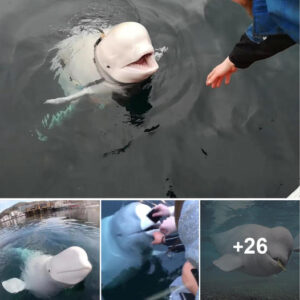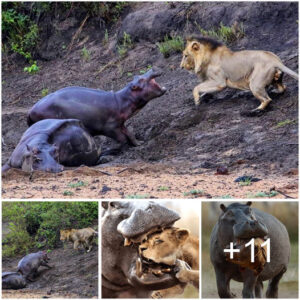The term “tricolor” (or “rare” in archaic language) is used to describe a horse with a distinctive coat pattern consisting of three different colors. This pattern features large spots of white and dark hues, typically accompanied by a reddish hue known as bay, which includes a black tail and tail. Another commonly used term for this color is “skewbald,” which refers to a horse with a spotted coat that combines white with any color other than black.

In modern British English usage, skewbald and piebald (black and white) horses are collectively called colored, while in North American English, the term pinto is used to describe the color pattern. The color of the horse’s skin under its coat alternates between dark or pink, depending on the color of the hair that covers it, dark or white. Some animals also exhibit eye iris coloration that matches the surrounding skin (blue eyes for white skin, brown for dark skin). The underlying genetic case is related to a condition known as leucism.

Genetically, a colored horse starts with a solid base coat color. So the horse has an allele for one of the three basic spot patterns that overlap the base color. The most common color spot pattern is called tobacco and is a dominant gene. Tobι̇ano creates large, rounded spots, usually with a somewhat vertical orientation, with white usually running across the back of the horse, white on the legs, with the head mostly dark.

Three less common spot genes are the frame and extended overo genes, which create irregular, mostly dark, horizontally oriented spots, white on the head, but dark or minimally marked legs. Sabine pattern can be very minor, usually adding white running up the legs to the legs or feet, with “lace” or roaning at the edge of the white, plus white on the head extending beyond the eye or over Chin. , or both.

The genetics of overo and sabino are not yet fully understood, but can appear in offspring from two apparently solid-colored parents, while a tobι̇ano must always have at least one tobι̇ano parent.
VIDEO:





